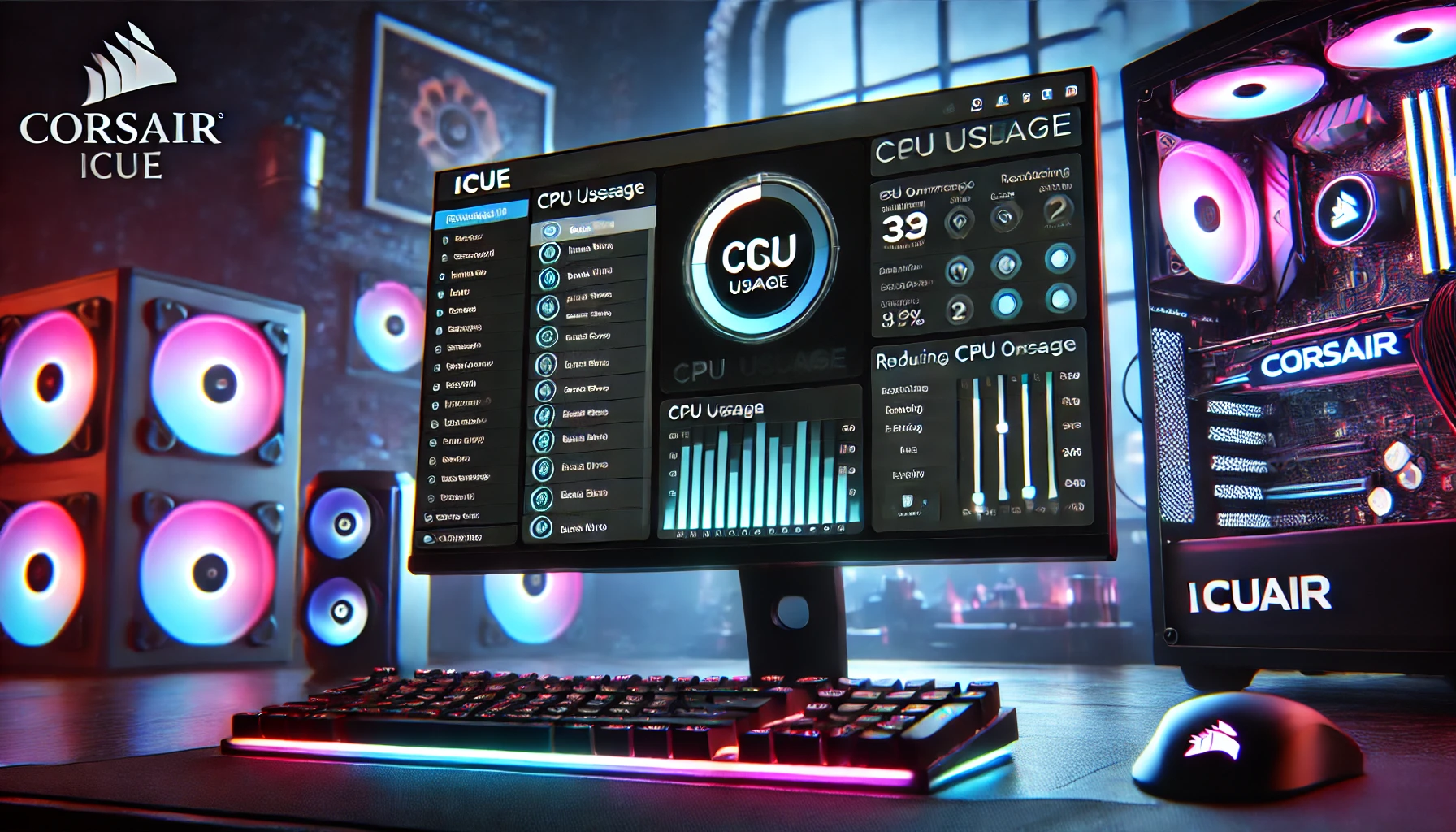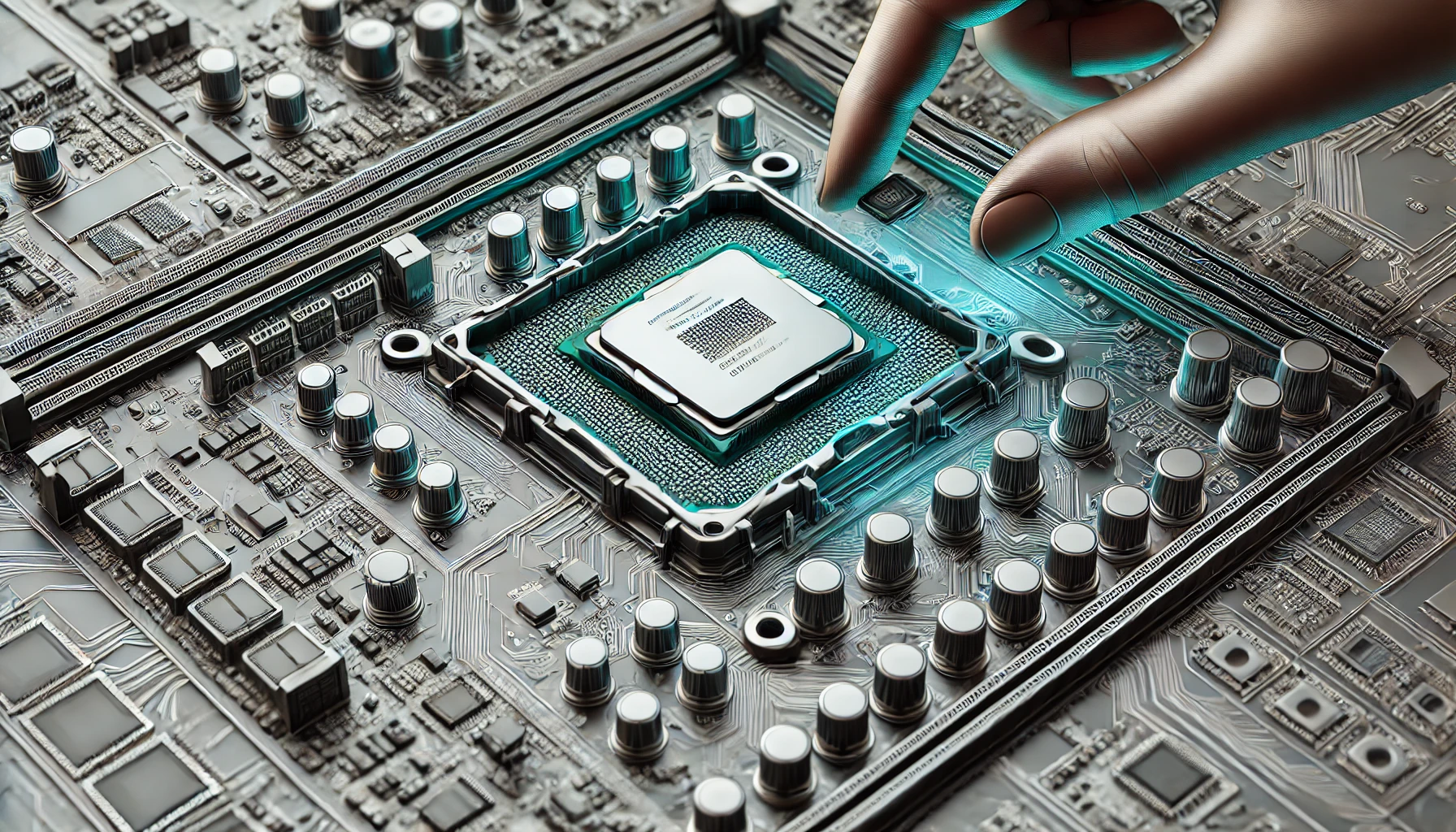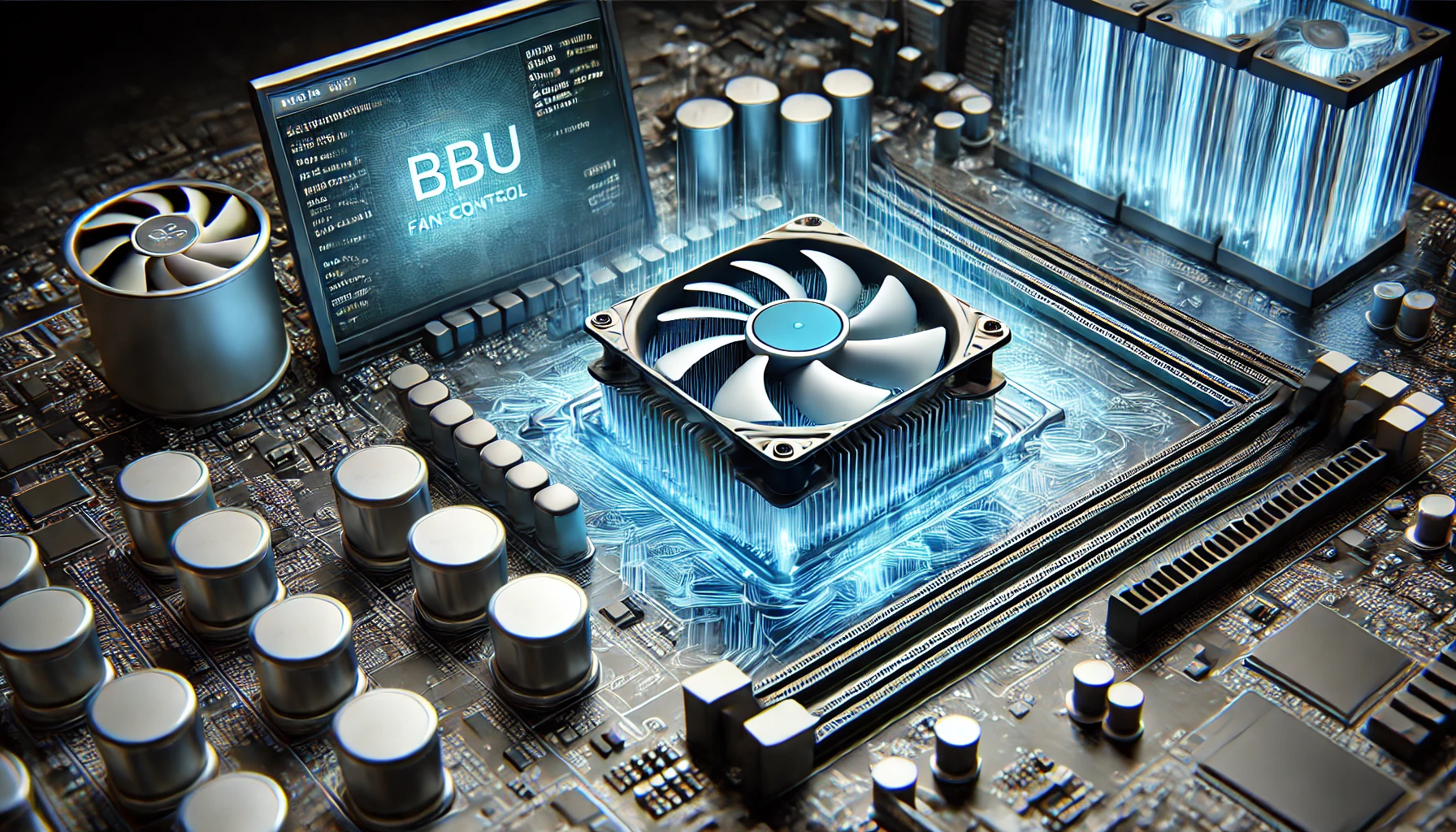Introduction
Updating your motherboard’s BIOS is a crucial task that enhances system performance, improves hardware compatibility, and fixes security vulnerabilities. However, one of the most frequently asked questions is—can you flash BIOS with CPU installed? Many PC enthusiasts and gamers worry about the risks involved, fearing possible hardware damage or a bricked motherboard.
The good news is that in most cases, flashing the BIOS with the CPU installed is not only possible but also the preferred method. In this guide, we’ll explore everything you need to know about flashing your BIOS safely, including the risks, step-by-step instructions, and troubleshooting tips.
What Is BIOS and Why Should You Flash It?
BIOS (Basic Input/Output System) is the firmware that manages communication between your computer’s hardware and software. Updating or “flashing” the BIOS means installing a newer version of this firmware.
Reasons to Flash Your BIOS
- Hardware Compatibility – Newer CPUs, RAM, or GPUs may require an updated BIOS to function correctly.
- Performance Enhancements – BIOS updates often include stability and efficiency improvements.
- Security Fixes – Manufacturers release updates to patch vulnerabilities and enhance protection.
- Bug Fixes – Updates resolve known issues, improving the overall system experience.
Can You Flash BIOS with CPU Installed?
Yes, you can flash BIOS with the CPU installed. Most modern motherboards are designed to support BIOS updates without requiring the removal of any components. However, the process varies depending on the motherboard’s features and manufacturer.
Factors to Consider Before Flashing BIOS
- BIOS Flashback Support – Some motherboards have a BIOS Flashback feature that allows flashing without a CPU or RAM.
- Manufacturer Guidelines – Always check your motherboard manufacturer’s website for specific instructions.
- Current BIOS Version – If your BIOS is outdated but still functional, you can update it without removing the CPU.
- Power Supply Stability – Power interruptions during the flashing process can brick your motherboard.
Step-by-Step Guide: How to Flash BIOS with CPU Installed
If your motherboard supports BIOS flashing with the CPU installed, follow these steps carefully:
Step 1: Check Your Current BIOS Version
Before updating, confirm whether an update is necessary.
- Press Windows + R, type
msinfo32, and hit Enter. - Look for BIOS Version/Date.
- Compare it with the latest version available on your motherboard manufacturer’s website.
Step 2: Download the Latest BIOS Update
- Visit the official website of your motherboard’s manufacturer.
- Navigate to the Support or Downloads section.
- Search for your motherboard model and download the latest BIOS file.
Step 3: Prepare a USB Drive
- Format a USB drive to FAT32.
- Extract the BIOS update file and copy it to the USB drive.
Step 4: Enter BIOS and Back Up Your Settings
- Restart your PC and press the required key (Del, F2, or F12) to enter BIOS.
- Navigate to the Save & Exit tab and back up your current settings.
Step 5: Flash the BIOS
- Insert the USB drive into your PC.
- Locate the BIOS Update or EZ Flash Utility (varies by brand).
- Select the BIOS file from the USB drive and follow the on-screen instructions.
Step 6: Restart and Verify the Update
- After the update, your system will restart automatically.
- Re-enter BIOS and confirm the new version.
- Load optimized default settings and adjust any necessary configurations.
Risks and Precautions When Flashing BIOS
Potential Risks
- Power Failure – A sudden shutdown can corrupt the BIOS.
- Incorrect File – Using the wrong BIOS version may brick your motherboard.
- Incompatibility Issues – Certain features may stop working properly.
Precautionary Steps
- Ensure a stable power supply (use a UPS if available).
- Double-check the BIOS version before flashing.
- Do not turn off the system or remove components during the update.
Troubleshooting BIOS Update Issues
If your PC won’t boot after a BIOS update, try these solutions:
- Clear CMOS – Remove the motherboard battery for a few minutes and reinstall it.
- Use BIOS Flashback – If your motherboard supports it, reflash the BIOS using a USB drive.
- Reseat RAM and CPU – Ensure all connections are properly secured.
- Contact Manufacturer Support – If none of the above works, seek professional assistance.
FAQs
1. Can You Flash BIOS Without a CPU Installed?
Yes, if your motherboard has BIOS Flashback, you can update the BIOS without a CPU, RAM, or GPU.
2. Will Flashing BIOS Delete My Data?
No, flashing BIOS does not erase personal files, but it resets BIOS settings to default.
3. How Long Does a BIOS Update Take?
Typically, a BIOS update takes 5-10 minutes. Avoid turning off the PC during this process.
4. Can a Failed BIOS Update Be Fixed?
Sometimes, yes. Clearing CMOS, using BIOS recovery tools, or contacting the manufacturer can help.
5. Should I Always Update My BIOS?
No, update only if necessary. If your system is stable, there’s no urgent need to update.
Conclusion
So, can you flash BIOS with CPU installed? Absolutely! Most modern motherboards support safe BIOS updates without requiring CPU removal. By following proper procedures, ensuring power stability, and using the correct BIOS file, you can update your firmware without issues.
Always refer to your motherboard’s manual, follow manufacturer recommendations, and take necessary precautions to avoid bricking your system. A successful BIOS update can enhance performance, security, and compatibility, making your PC run smoother than ever.




